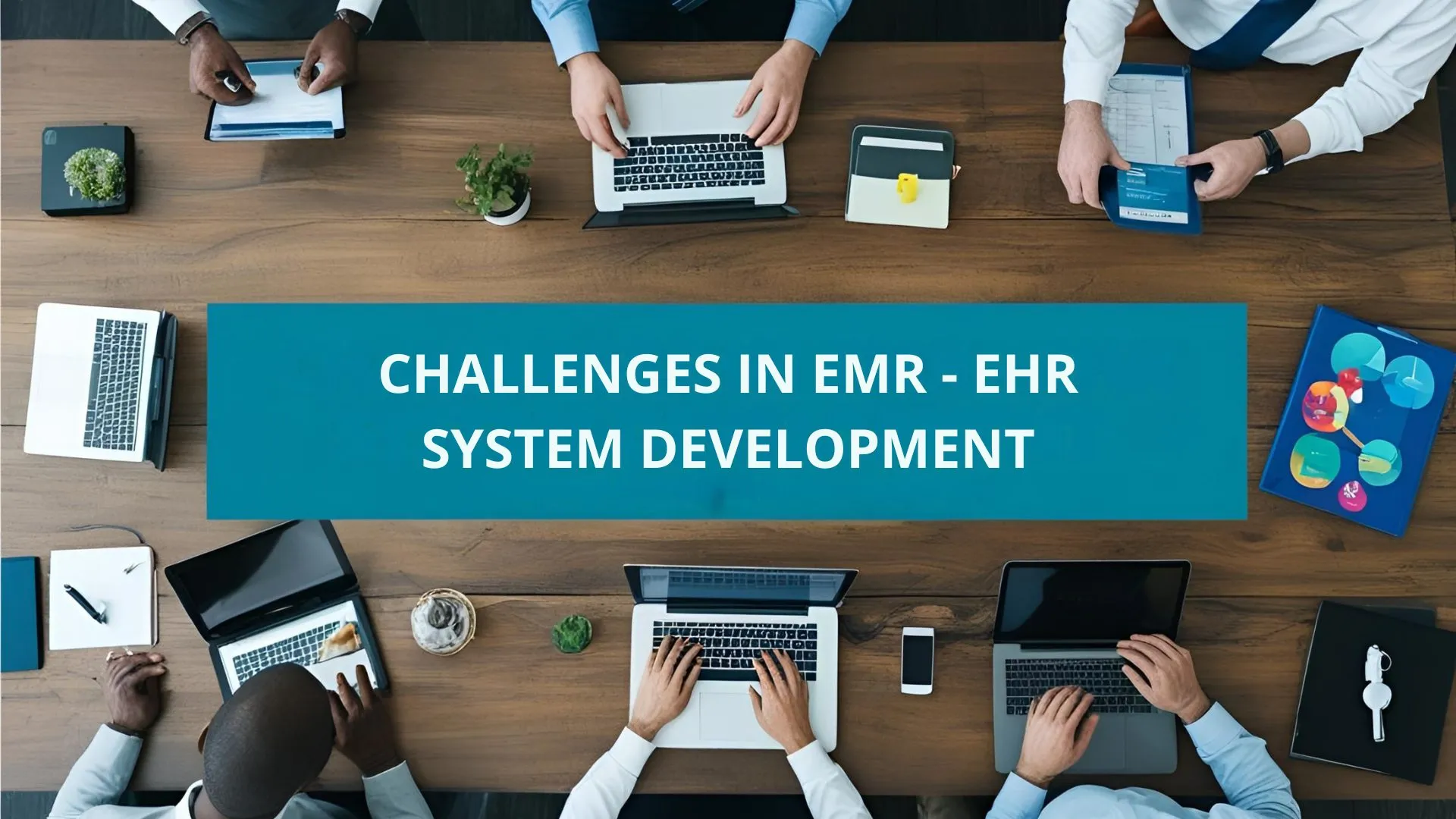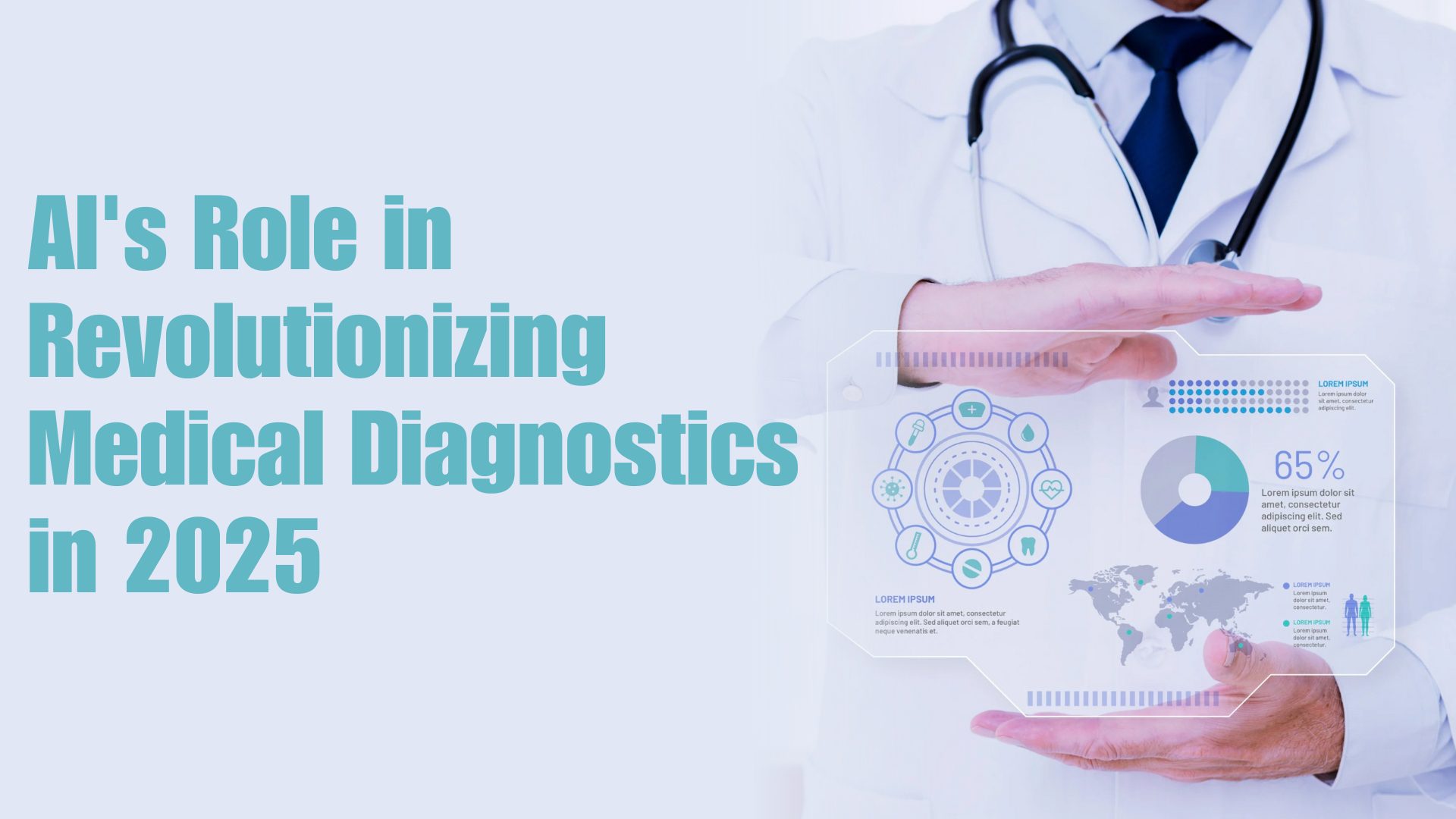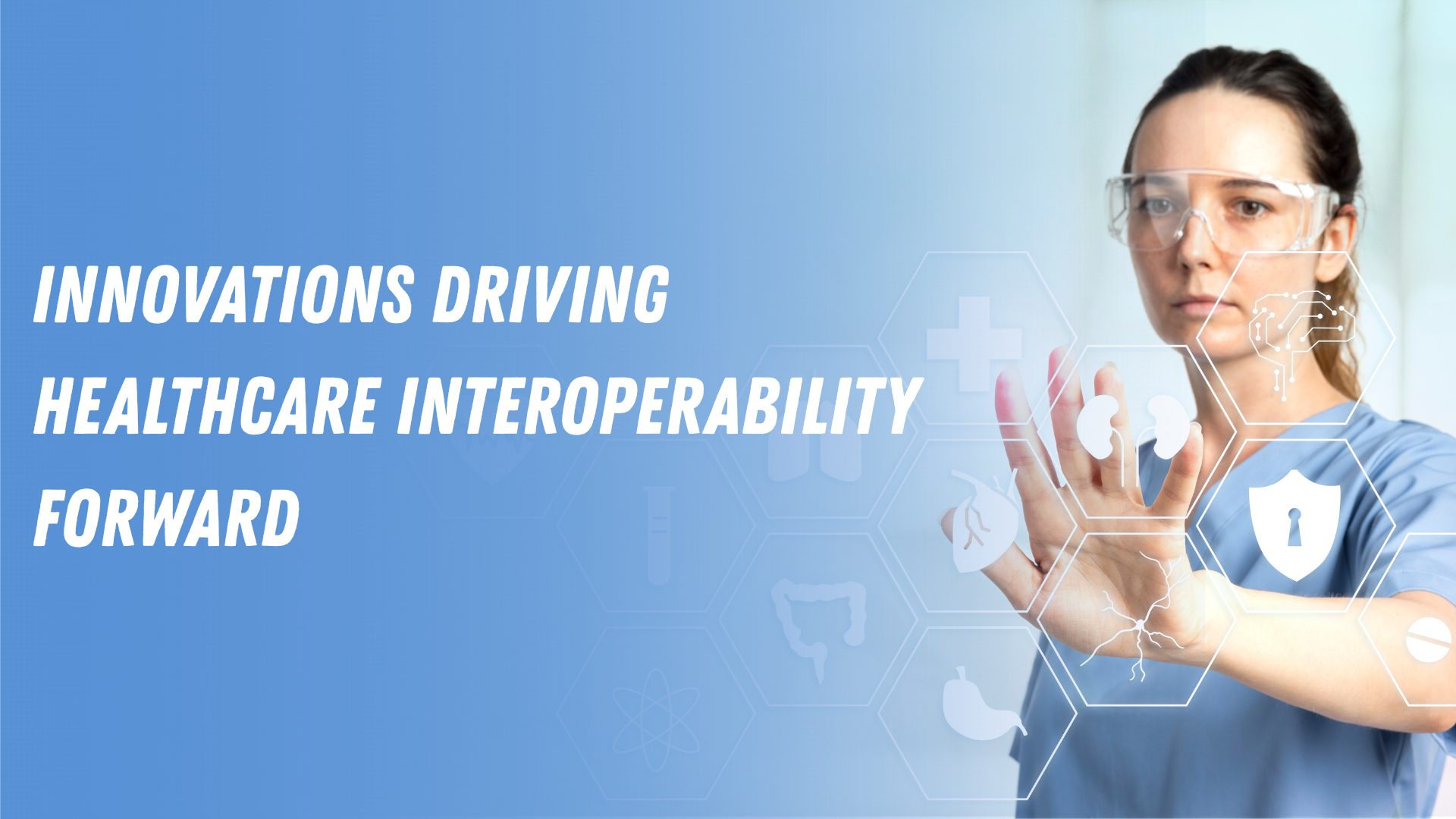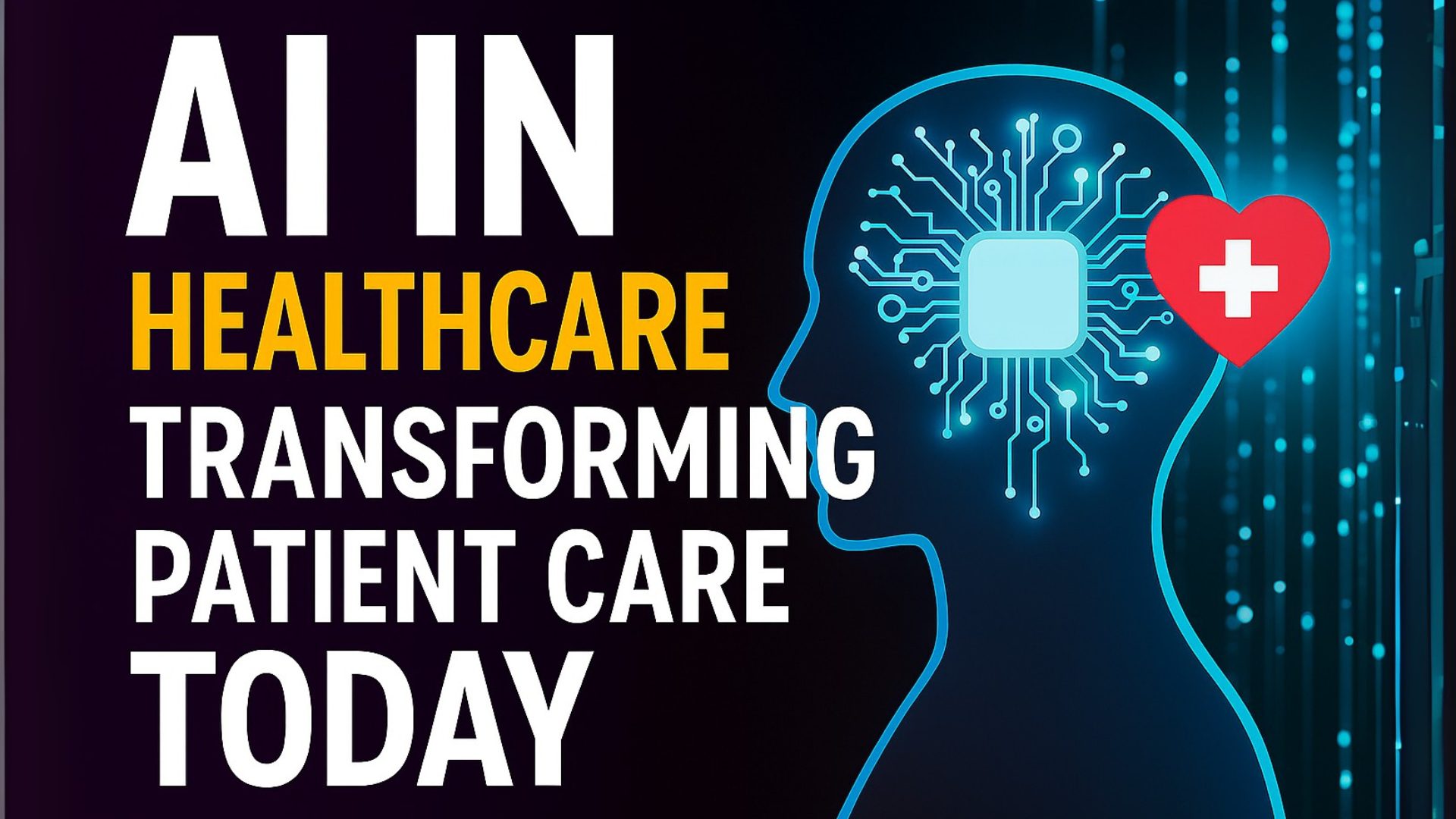The development of Electronic Medical Records (EMR) and Electronic Health Records (EHR) systems marks a significant transformation in the healthcare industry. As healthcare providers increasingly pivot towards digital solutions to manage patient information, the demand for efficient EMR software and EHR programs continues to grow exponentially. These systems offer the promise of improved patient care, streamlined operations, and enhanced data management. However, the path to EHR software development and implementation is fraught with challenges. In this article, we’ll delve into some of the primary obstacles faced during EMR EHR implementation and explore strategies for overcoming them.
Understanding EMR and EHR Systems
Before delving into the challenges, it’s crucial to grasp the fundamentals of what EMR and EHR systems encompass.
Distinguishing EMR from EHR
EMRs are essentially digital counterparts of the traditional paper charts found in clinician offices. They meticulously store the medical and treatment history of patients within a single practice. In contrast, EHRs are designed to transcend the confines of standard clinical data collected in a provider’s office, offering a more comprehensive view of a patient’s healthcare journey. EHRs not only incorporate clinical data but also integrate information from various healthcare settings, fostering a holistic approach to patient care.
Evolution of EMR and EHR Systems
The evolution of EMR and EHR systems has been driven by advancements in technology and an increasing emphasis on data-driven healthcare. Initially, EMRs were simple digital records that replaced paper charts, focusing primarily on documentation and record-keeping. However, as healthcare demands grew, EHRs emerged as powerful tools that facilitate communication and collaboration among healthcare providers, enabling them to make informed decisions based on a comprehensive view of patient data.
The Broader Impact of EMR and EHR Systems
The implementation of EMR and EHR systems has far-reaching implications beyond the confines of healthcare facilities. These systems are instrumental in improving the quality of care, enhancing patient safety, and optimizing operational efficiency. By enabling instant and secure access to patient records through a unified
EMR interface
, healthcare providers can make timely and accurate decisions, ultimately leading to better patient outcomes. Moreover, the ability to share information seamlessly across different healthcare settings enhances coordination and continuity of care, reducing the likelihood of errors and duplications in medical records.
Key Challenges in EMR EHR System Development
Despite their numerous benefits, developing
EMR systems
and
EHR softwares
presents a multitude of challenges that can impact healthcare software development.
Data Security and Privacy
Ensuring the security and privacy of patient information is one of the most pressing concerns in EMR and EHR development. Healthcare providers are required to comply with stringent regulations, such as the Health Insurance Portability and Accountability Act (HIPAA) in the United States, which mandates strict standards for safeguarding sensitive patient data.
Implementing Robust Security Measures
Developers must put strong security measures in place, such as encryption, access limits, and frequent security audits, to guard against data breaches and unauthorized access. These measures are critical in safeguarding patient information from potential cyber threats. Encryption ensures that data remains confidential, while access controls restrict unauthorized personnel from accessing sensitive information.
Navigating Regulatory Compliance
Compliance with regulatory standards adds an additional layer of complexity to the development process. Developers must stay abreast of evolving regulations and ensure that their systems meet all legal requirements. This involves thorough documentation, regular audits, and continuous updates to address new threats and vulnerabilities. Failure to comply with regulations can lead to severe penalties and reputational damage for healthcare organizations.
Addressing Emerging Security Threats
As technology advances, so do cybercriminals’ strategies. Developers must remain vigilant in identifying and addressing emerging security threats. This requires ongoing monitoring, threat intelligence, and proactive measures to mitigate risks. By adopting a proactive approach to security, developers can build resilient systems that withstand evolving cyber threats.
Interoperability
Achieving interoperability, the ability of different EMR and EHR systems to communicate and share information seamlessly, is a significant challenge due to the diversity of systems and standards used across healthcare organizations.
Integrating Diverse Healthcare Systems
Developers must ensure that their systems can seamlessly integrate with existing healthcare infrastructure, often requiring
EHR integration software
solutions to connect different systems efficiently. This requires a deep understanding of various healthcare systems and the ability to design solutions that can adapt to different technical environments. Integration challenges arise from the diverse range of systems and technologies used by healthcare providers, necessitating careful planning and execution.
Complying with Standard Protocols
Compliance with standard protocols, such as HL7 and FHIR, is essential for achieving interoperability. These protocols enable the exchange of healthcare data between different systems, promoting seamless communication and collaboration. Developers must familiarize themselves with these protocols and ensure that their systems adhere to the necessary standards for data exchange.
Overcoming Technical and Organizational Barriers
Interoperability is not only a technical challenge but also an organizational one. Healthcare organizations may have varying levels of readiness and willingness to adopt interoperable solutions. Developers must work closely with stakeholders to address organizational barriers and promote a culture of collaboration and data sharing. Building partnerships and fostering open communication can facilitate the adoption of interoperable solutions.
User Experience and Usability
Healthcare professionals require EMR and EHR systems that are intuitive and easy to use. Poorly designed interfaces can lead to user frustration, decreased productivity, and even errors in patient care.
Designing Intuitive User Interfaces
Developers must prioritize user experience by designing intuitive interfaces that align with the needs of healthcare providers. This involves conducting usability testing, gathering feedback from end-users, and continuously refining the system based on user input. By involving healthcare professionals in the design process, developers can create systems that enhance efficiency and minimize the risk of errors.
Addressing User Frustrations
User frustration often stems from complex and cumbersome interfaces that hinder workflow efficiency. Developers must identify pain points and address them through thoughtful design and user-centric solutions. This may involve simplifying navigation, streamlining workflows, and ensuring that essential information is easily accessible.
Balancing Functionality and Usability
Striking the right balance between functionality and usability is crucial in developing EMR and EHR systems. While robust functionality is essential for meeting the diverse needs of healthcare providers, it should not come at the expense of usability. Developers must carefully assess user requirements and prioritize features that enhance usability without compromising functionality.
Customization and Scalability
Healthcare organizations have diverse needs and workflows, necessitating EMR and EHR systems that are customizable to suit specific requirements. However, providing this level of customization can complicate the development process and increase costs.
Designing for Customization
Developers must design systems that allow for easy customization to meet the unique needs of healthcare organizations. This involves creating flexible architectures that can accommodate different workflows and preferences. Customizable interfaces, modular components, and configurable settings enable healthcare providers to tailor the system to their specific requirements.
Ensuring Scalability for Growth
As healthcare organizations grow, their EMR and EHR systems must be scalable to handle increased data volumes and user loads. Developers must design systems that can easily expand and adapt to changing needs without compromising performance. Scalability is achieved through efficient database design, load balancing, and the ability to add new features and functionalities as needed.
Balancing Customization and Standardization
While customization is essential for meeting specific needs, it must be balanced with standardization to ensure consistency and interoperability. Developers must strike a balance between offering customizable options and adhering to industry standards. By providing a standardized framework with customizable elements, developers can create systems that meet diverse requirements while maintaining compatibility.
Data Migration and Integration
Migrating existing patient records to a new EMR or EHR system is a complex process that requires careful planning and execution.
Planning for Data Migration
Data migration involves transferring large volumes of information while ensuring data integrity and minimizing disruptions to healthcare operations. Developers must work closely with healthcare organizations to understand their existing systems and develop comprehensive migration plans. This includes mapping data fields, validating data accuracy, and establishing timelines for migration.
Ensuring Data Integrity
Maintaining data integrity during migration is crucial to prevent errors and ensure that accurate information is transferred to the new system. Developers must implement rigorous data validation processes to identify and rectify discrepancies. This involves conducting thorough testing and verification to ensure that data is accurately mapped and transferred without loss or corruption.
Facilitating Seamless Integration
Integrating new systems with existing healthcare infrastructure can be challenging. Developers must ensure that their solutions can work seamlessly with other systems, such as laboratory, pharmacy, and billing software, to provide a comprehensive view of patient care. This requires careful planning, coordination, and testing to ensure smooth interoperability between different systems.
Overcoming Challenges in EMR EHR Development
While the challenges in EMR EHR system development are significant, they are not insurmountable. By adopting strategic approaches, developers can address these obstacles and create robust, secure, and user-friendly systems.
Emphasizing Security and Compliance
Developers should prioritize security by implementing best practices for data protection and regularly updating their systems to address new threats. Compliance with regulations should be an integral part of the development process, ensuring that all legal requirements are met. By adopting a proactive approach to security, developers can build resilient systems that withstand evolving cyber threats.
Implementing Best Practices
Implementing best practices for data protection involves a combination of technical measures, policies, and procedures. Developers should adopt industry-standard encryption protocols, conduct regular security audits, and implement access controls to safeguard patient information. By adhering to best practices, developers can minimize the risk of data breaches and unauthorized access.
Staying Informed on Regulatory Changes
Regulatory standards are constantly evolving, and developers must stay informed about changes that may impact their systems. This requires ongoing monitoring of regulatory updates, participation in industry forums, and collaboration with legal experts to ensure compliance. By staying informed, developers can proactively address regulatory requirements and avoid potential penalties.
Building a Culture of Security
Security is not just a technical issue but also a cultural one. Developers should foster a culture of security within their organizations by promoting awareness and training among staff. This includes educating employees about best practices for data protection, conducting regular security drills, and encouraging a proactive approach to identifying and mitigating security risks.
Fostering Interoperability
To achieve interoperability, developers should adopt industry-standard protocols and collaborate with other stakeholders in the healthcare sector. This collaboration can lead to the development of more unified systems that facilitate seamless data exchange across different platforms.
Adopting Standard Protocols
Adopting standard protocols, such as HL7 and FHIR, is essential for achieving interoperability. These protocols enable the exchange of healthcare data between different systems, promoting seamless communication and collaboration. Developers should familiarize themselves with these protocols and ensure that their systems adhere to the necessary standards for data exchange.
Collaborating with Stakeholders
Collaboration with stakeholders, including healthcare providers, industry experts, and regulatory bodies, is crucial for achieving interoperability. Developers should engage with stakeholders to understand their needs and challenges and work together to develop solutions that facilitate seamless data exchange. By fostering collaboration, developers can create systems that meet the diverse needs of the healthcare industry.
Promoting Data Standardization
Data standardization is key to achieving interoperability. Developers should work towards standardizing data formats, terminologies, and coding systems to ensure consistency and compatibility. This involves adopting industry standards, conducting data mapping exercises, and collaborating with other organizations to promote data standardization across the healthcare sector.
Designing for User Experience
Engaging with healthcare professionals during the development process can provide valuable insights into user needs. By prioritizing user experience, developers can create systems that are intuitive, efficient, and easy to use, ultimately improving patient care.
Conducting Usability Testing
Usability testing is a critical component of the development process. Developers should conduct regular usability tests to gather feedback from end-users and identify areas for improvement. This involves observing users as they interact with the system, collecting feedback on usability issues, and making necessary adjustments to enhance the user experience.
Gathering User Feedback
User feedback is invaluable in the development process. Developers should actively seek feedback from healthcare professionals to understand their needs and pain points. This may involve conducting surveys, interviews, and focus groups to gather insights and ensure that the system meets user expectations.
Iterative Design Process
An iterative design process allows developers to continuously refine and improve the system based on user feedback. Developers should adopt an agile approach, incorporating user feedback into the design and development process to create systems that align with user needs and preferences. By embracing an iterative design process, developers can ensure that the system remains user-friendly and efficient.
Ensuring Scalability and Customization
Developers should design systems with scalability in mind, using modular architectures that allow for easy expansion. Providing customization options can help meet the diverse needs of healthcare organizations while maintaining system performance.
Designing Modular Architectures
Modular architectures enable developers to design systems that can easily expand and adapt to changing needs. Developers should adopt a modular approach, breaking down the system into smaller, independent components that can be easily modified or replaced. This allows for flexibility and scalability, enabling the system to grow and evolve over time.
Offering Customization Options
Customization options are essential for meeting the diverse needs of healthcare organizations. Developers should provide configurable settings, customizable interfaces, and modular components that allow healthcare providers to tailor the system to their specific requirements. This flexibility ensures that the system can adapt to different workflows and preferences, enhancing user satisfaction.
Balancing Performance and Flexibility
Balancing performance and flexibility is crucial in developing scalable and customizable systems. Developers must ensure that the system can handle increased data volumes and user loads without compromising performance. This requires careful optimization of system resources, efficient database design, and load balancing to ensure smooth and efficient operation.
Streamlining Data Migration and Integration
Careful planning and execution are essential for successful data migration and integration. Developers should work closely with healthcare organizations to understand their existing systems and develop strategies for seamless data transfer and integration.
Developing Comprehensive Migration Plans
Data migration requires careful planning and coordination to ensure a smooth transition. Developers should work closely with healthcare organizations to develop comprehensive migration plans that outline the steps, timelines, and resources required for successful migration. This includes conducting data mapping exercises, validating data accuracy, and establishing timelines for migration.
Ensuring Data Accuracy and Integrity
Maintaining data accuracy and integrity is crucial during migration. Developers should implement rigorous data validation processes to identify and rectify discrepancies. This involves conducting thorough testing and verification to ensure that data is accurately mapped and transferred without loss or corruption.
Facilitating Seamless Integration
Integrating new systems with existing healthcare infrastructure can be challenging. Developers must ensure that their solutions can work seamlessly with other systems, such as laboratory, pharmacy, and billing software, to provide a comprehensive view of patient care. This requires careful planning, coordination, and testing to ensure smooth interoperability between different systems.
Conclusion
Developing EMR and EHR systems is a complex but rewarding endeavor. By addressing the challenges outlined in this article, developers can create robust, secure, and user-friendly systems that enhance healthcare delivery. As the demand for digital health solutions continues to grow, overcoming these obstacles will be crucial in shaping the future of healthcare technology.
By understanding and addressing the challenges in EMR EHR system development, developers can contribute to the advancement of healthcare technology and improve patient outcomes. With continued innovation and collaboration, the future of EMR and EHR systems looks promising. As healthcare providers increasingly rely on digital solutions to manage patient information, the demand for efficient EMR and EHR software will continue to grow, driving further advancements in the field.







